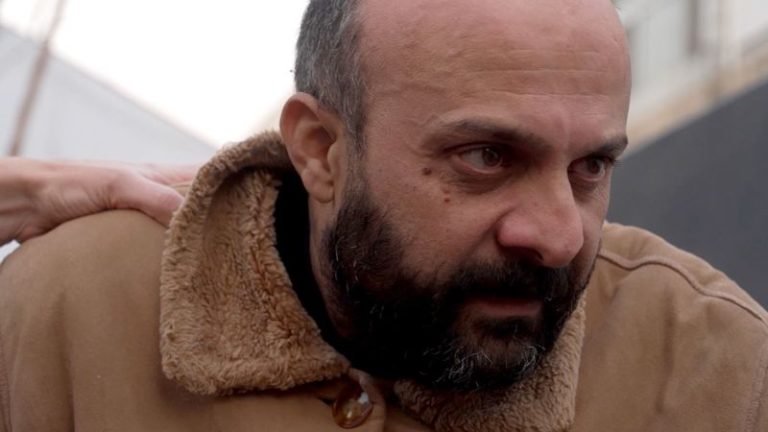When he emerged into the open air, the man appeared bewildered. Questioned by the rebel fighter who freed him, the man identified himself as Adel Ghurbal from the central Syrian city of Homs.
He claimed that he had been kept in a cell for three months, adding that it was the third prison where he had been confined. The man also said he was not aware that the Assad regime had fallen. He was being held in a jail that had been run by the Syrian air force’s intelligence services until the Assad regime collapsed.
Rebel guards handed him over to the Syrian Red Crescent. The medical relief organization later posted a picture of him on social media, saying they had returned a freed prisoner to relatives in Damascus.
Salama’s current whereabouts are unknown.

